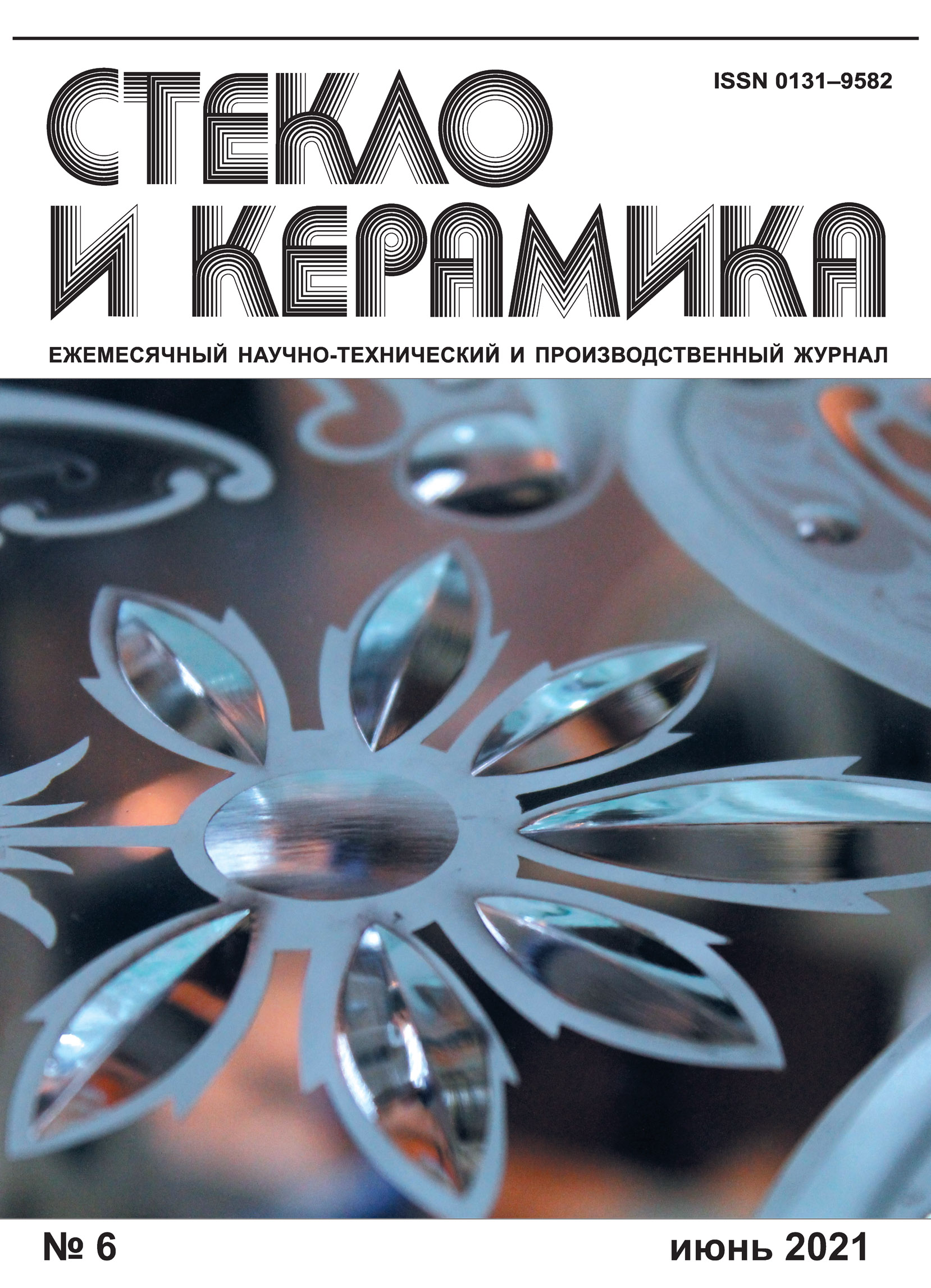The research of corrosion processes of glass coating of pipes of pipelines in the conditions of acidic, alkaline and marine environments has been carried out. In an acidic environment, corrosion of the pipe coating is insignificant and the corrosion rate is practically absent. In an alkaline environment, the leaching rate is initially insignificant, then sharply increases. In the range of pH = 6 & # 8211; 12 pipe coatings do not have high durability, and there is an active leaching of the pipe coatings. Experimental studies have shown that during long-term operation, insignificant scale deposits are observed on the surface of glass coatings of pipes, while a significant layer of scale forms in non-glass-lined pipes.


